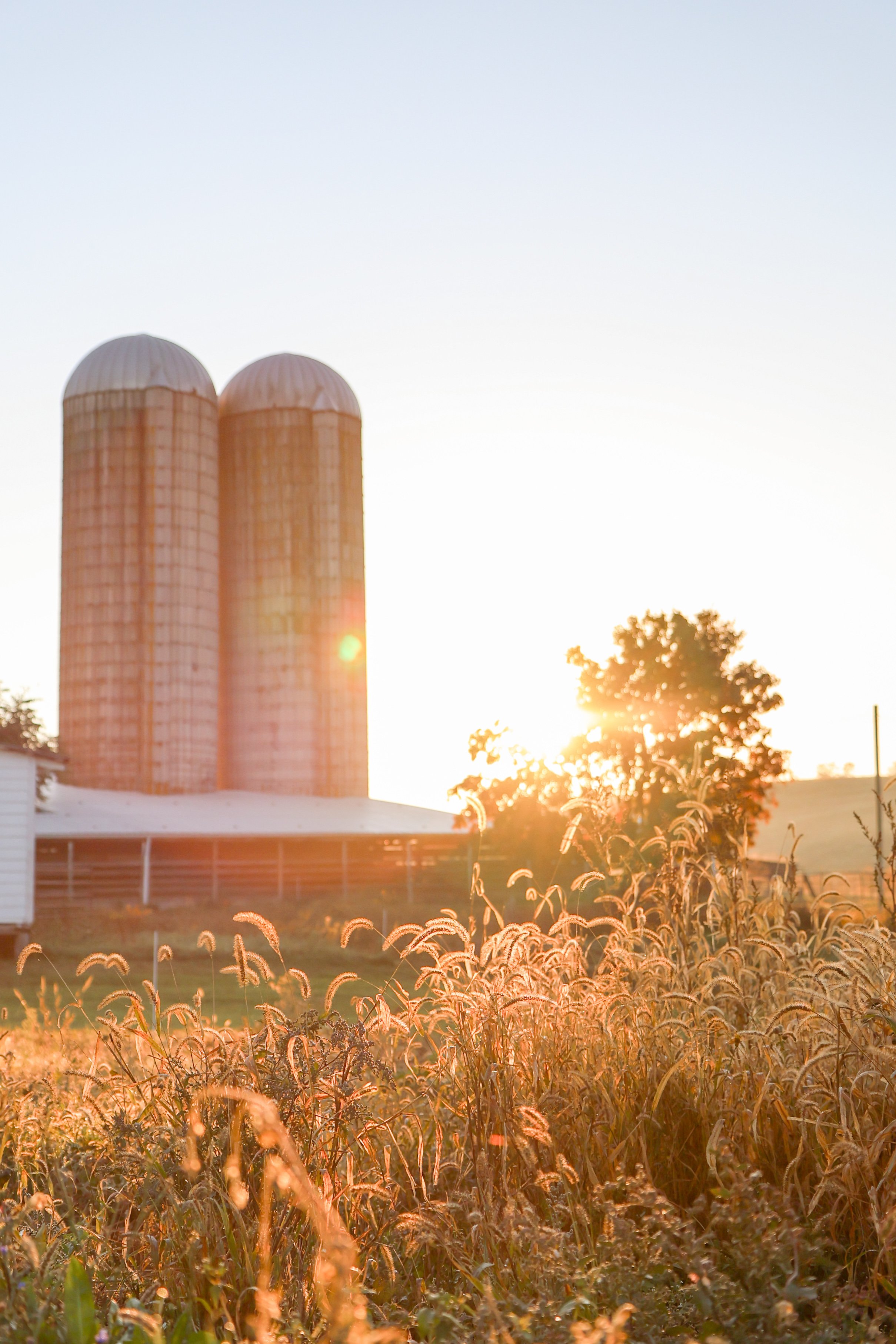
When you think about the beneficial fat, protein, calcium, and living nutrients that are bioavailable in raw milk, it makes sense why raw milk is called a “superfood” and nature’s first food!
It all begins with the humble dairy cow.
She takes green grass grown by the sun’s warmth and plentiful rains and turns it into one of nature’s most nutrient-dense foods.
Raw Milk, often touted as a superfood, is quickly gaining momentum in kitchens across the nation —
but what exactly is in a cup of raw milk?
Let’s dive in.
At Creambrook, we sent our winter raw milk to be tested at a nutritional lab and were thrilled to see the results confirmed of what we have known for years.
There are significant differences in raw milk versus its pasteurized milk counterparts — it’s not just at the macro-level.
Here are Creambrook’s Nutrition Facts for January 2025
Let’s review Creambrook Raw Milk with other leading brands in the organic and conventional milk industries.
At a nutrient-dense view, Creambrook grass-fed Jersey raw milk has 34% more calories per 8 oz compared to competing cow milks! This is incredible — remember that higher calories isn’t a bad thing when it’s packed with satisfying, healthy nutrients. When you’re drinking Creambrook raw milk, you are getting more protein and healthy fat per 8 oz than other dairy milks.
When looking at gram amounts, Creambrook raw milk has:
55% more grams of Total Fat
80% more grams of Saturated Fat (the good kind of fat*)
25% more grams of Protein
35% more Calcium per cup (380mg in an 8 oz serving!)
Interestingly, Creambrook raw milk has less carbohydrates and total sugars by about 10%, even though our milk has full flavor and sweetness.
And it’s not only about the nourishing fats, proteins and carbohydrates found in our raw milk. Because Creambrook raw milk is simply filtered and chilled during milking before being bottled & delivered to our members, all of the bioactive enzymes, vitamins, and minerals are readily available for the human body to easily digest.
*(If you are curious about the benefits of saturated fats, especially from dairy, check out this 1 minute video).
Raw Milk has Bioavailable Nutrients
Courtesy of the Raw Milk Institute, below is a comparison of raw human milk, raw cow & goat milks, pasteurized milk, and “alternative milks.”
As you can see, beneficial enzymes (that’s what helps the human body easily digest dairy), diverse probiotics, lactase-producing bacteria, healthy fats, AA, CLA, DHA & EPA, proteins, bioavailable vitamins, calcium, phosphorus, and immunoglobulins are all active and available in raw milks. These beneficial nutrients are inactive, damaged or destroyed in pasteurization.
What does this mean for you?
In today’s world of ever-increasing food costs, we are all on a mission to feed our families as economically as possible and this is where Creambrook raw milk really shines.
Are you are feeding a young child? Creambrook’s increased calories and healthy fats are perfect for helping your child develop and grow.
Are you trying to improve your gut health? The beneficial bacteria, enzymes, and probiotics will help you on your mission.
Are you are a senior? The increased calcium can help strengthen bone density.
While Creambrook raw milk is not the cheapest milk on the market on a per dollar basis, when you look at it from a per calorie and nutrient-density viewpoint, you get the biggest bang for your buck in the dairy aisle with Creambrook’s raw milk. Not to mention, because the milk is raw, the nutrients are 100% bioavailable for your body.
Raw Milk Changes with the Seasons & the Cows’ Diet
Our nutritional lab test was performed using Creambrook’s raw milk from January 2025. Because our cows are grass-fed and graze pastures during the warmer growing season, there is variability in each season’s milk.
Creambrook raw milk is full of flavor and nutrients from the all-Jersey herd feasting on a high-forage and pasture-based diet.
We will be sending more nutritional testing for Spring, Summer, and Fall raw milk to gauge the average nutrition that you can expect year-round from our farm. Stay tuned for the results!
In addition to the nutritional profile of Creambrook raw milk, you can count on our farm’s values:
100% Jersey cows, the real heroes, who make rich, buttery raw milk
All pastures, forages, and feeds are non-GMO and our cows are outside in fields 365 days a year
Commitment to raw milk safety and quality through on-site testing and two independent third-party labs
Environmentally-friendly packaging in Half Gallon Milk Cartons
Small family farm tending to the cows, bottling the milk, and delivering it to your town
Giving our small-but-mighty Creambrook team fulfilling work and supporting the local economy
Continue the Virginia tradition of dairy farming in an industry that has decreased in our County
Thank you for being a part of the Creambrook family!















